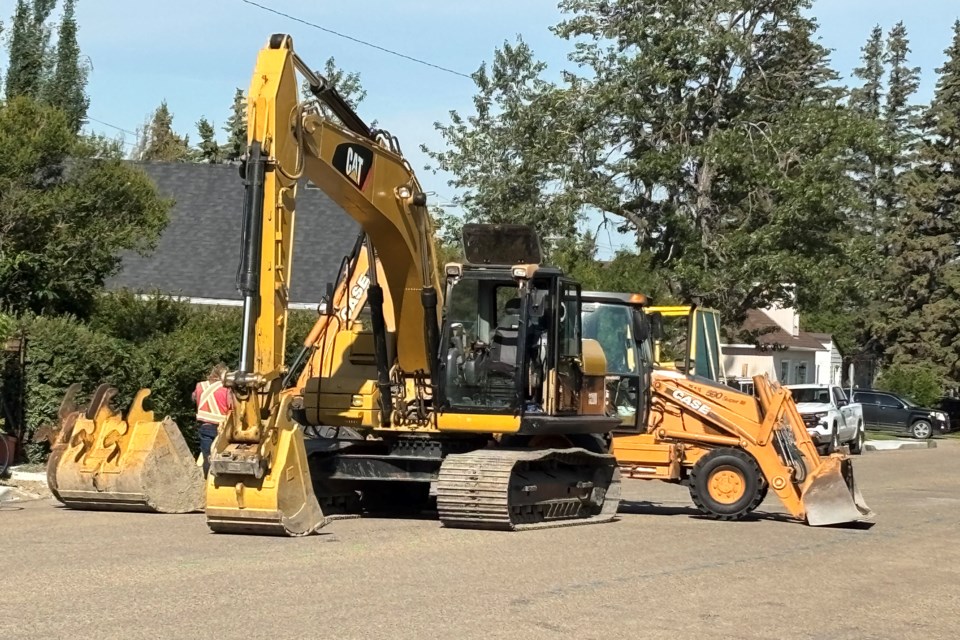OLDS — Inflow and infiltration (I & I) of water into Olds' sewer and water systems has cost the community $2.4 million per year every year since roughly 2015, but that figure is getting smaller, thanks to efforts to stem those leaks.
“This is and has been the number one priority for several years now, and why? Well, our water loss between 2015 and 2023 ran between 22 per cent and 32 per cent,” the Town of Olds' chief administrative officer Brent Williams recently told council members during an overview of the municipality's 2025 financial report.
“That means somewhere in our system, the water we buy from the water commission gets lost and we don't collect that through user fees. But we still have to pay that bill to the commission.
“And with I & I, that means water entering our sanitary system through usually groundwater or stormwater, gets sent to Red Deer for treatment, where all our effluent goes.”
Unfortunately, Williams said, “we don't collect that money from ratepayers, and that average, between 22 per cent and 48 per cent in that same period, is directly related to the amount of rainfall that would have come down in that year.”
The good news is that the Town of Olds' effort to cut down on that loss is beginning to pay off, to the point where so far this year, the loss is pegged to around 26 per cent, “which is a drop from that 2022-23 high of 32,” Williams said.
He projected that inflow and infiltration could stabilize at about 25 per cent, “rain flow dependent.”
“Our target, hopefully over the next five years, is to see that water loss decrease to 10 to 15 per cent, and I & I stabilize between 15 and 20 per cent which, based on the previous decade, would give us around $1 million in savings just through patching the holes in our sanitary system,” Williams said.
“But perhaps more importantly, ensuring the integrity of those critical systems by investing and understanding their problems.”
Coun. Darren Wilson said the trend lines for water loss, I & I “are positive and going in the right direction.”
“My fear; I'm very hopeful, but my fear is, we're like the Dutch boy in the dike, right? We fix this hole and behind us is another hole,” Wilson said.
“Do you have a sense for any of our testing or whatever camera work, that we are going to have area of stability at some point?”
Williams said, “Good questions, questions I ask myself. There has been progress, but you're right.
"We always find new issues, and that is common here and in many other municipalities too, Calgary being the most perhaps prolific last year with their water feeder break.”
He said a few weekends ago, a town rain gauge showed 71 milimetres of rainfall, similar to the amount that created “major overflow events” in 2022 and 2023.
The difference this year, Williams said, is that municipal officials didn’t have to discharge lift station contents into an adjacent field like they had to do four or five times back then in order to deal with the volume of water.
“So it is working. It just takes time to catch up and right to fully understand the problem,” Williams said.
“We have 8,590 kilometres of sanitary main, with the same for water, and you have to camera and inspect all of that and it's not as easy as it sounds, unfortunately.
“It's underway right now, of course, but once you have that camera footage, you have to pay someone who understands what they're doing to look at it. And we find dozens of issues, big and small.”



